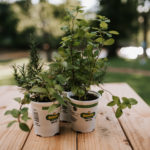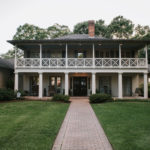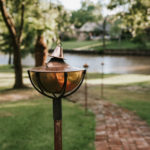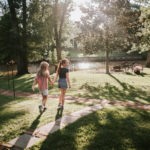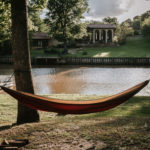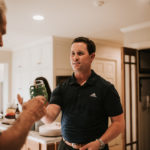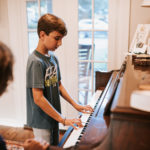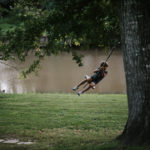Community is more than just the people that happen to live next to you. They’re your neighbors, the people that you meet each day. In many cases we see them more than our own family. And in that way, they’re part of our family too. I’ve often found it funny that we put up privacy fencing along imaginary lines dividing what is essentially the same land into “mine” or “yours”. But for most neighborhoods, the good ones at least, living next to each other means more than school districts and property lines. As we found out recently when we had the opportunity to hang out with the residents of Acacia Drive. A street that was hit pretty hard by the floods of 2016.
As resident Lily Graham puts it, “Living on the water took away the boundaries created by land and custom and introversion. Without fences and driveways, the water provided a constant thread of connection and dependency.”
As the rains fell, the news reports came pouring in almost as fast as the water. One reporter would say, “Acacia Drive and the Vermilion River have become one.” as a canoe could be seen in the background coursing down what once was a street. All was water and all was lost.
Venture onto Acacia Drive today–nearly 2 years out from The Great Flood–and it’s a community delivered from that disaster and resplendent in its spirit of survival and its solidarity. In the aftermath of a disaster that took many by surprise, most returned to the neighborhood and their homes; but not all. Most are finished with the restoration efforts; not all. And while reminiscing about their shared trials might result in a peal of laughter brought on by the dramatic retelling of the calamitous way it all went down, there are conversational clues–momentary pauses, flatly revealed worries–that speak to their uncertainty about what a future life on the Vermilion could bring. That reality notwithstanding, there is still an indisputable beauty and much hope in this community, having been bound tight and reborn, as they embrace one another against the backdrop of that arterial waterway. They choose to live along the banks of the Vermillion. Not because they are forced to, but because that’s where they long to be. As the river courses on, this community lives fully in the moment, as we all should, insistent on making memories such as these–the visual, tangible evidence of life well-lived, and a home, a community, a river, well-loved.
This is not to say that everything is as it was. But everything is as it needs to be, at least for now. With their neighborhood rebuilt and their ties stronger than ever.
It also serves as a reminder. That things won’t always be the way they are today. That we should slow down and stop to appreciate who we are (and who we are with) at this moment in time.
“Beside the river there are two things you never forget, that the moment you look at a river that moment has already passed, and that everything is on its way somewhere else.” –Niall Williams








